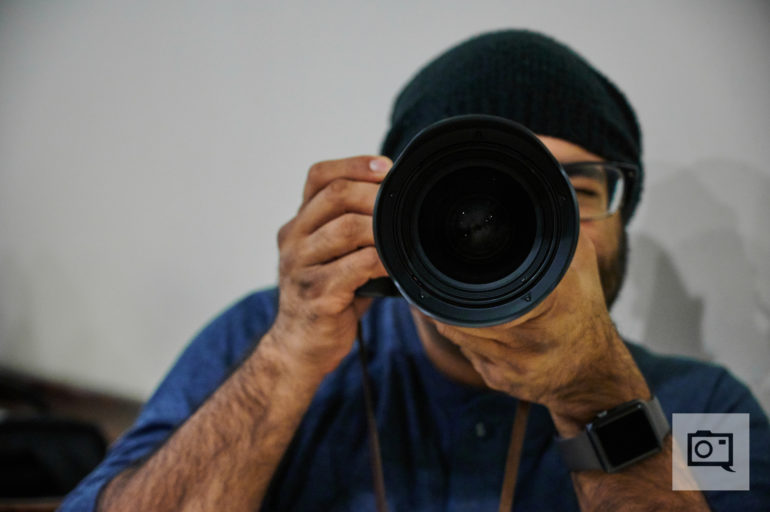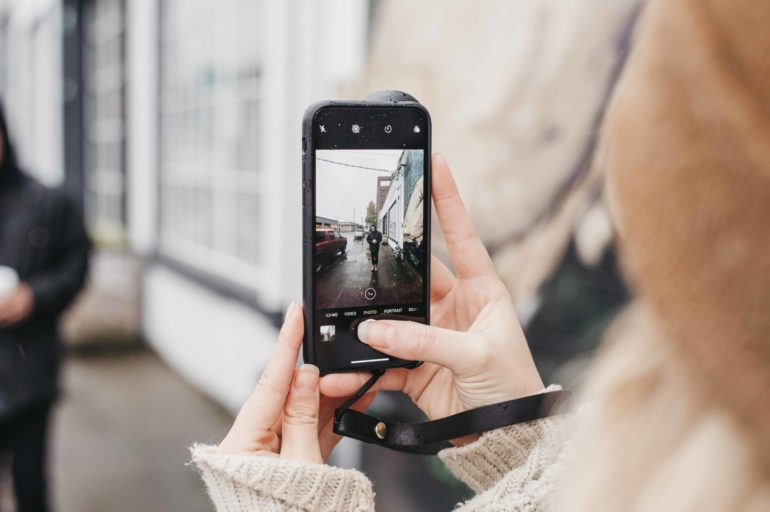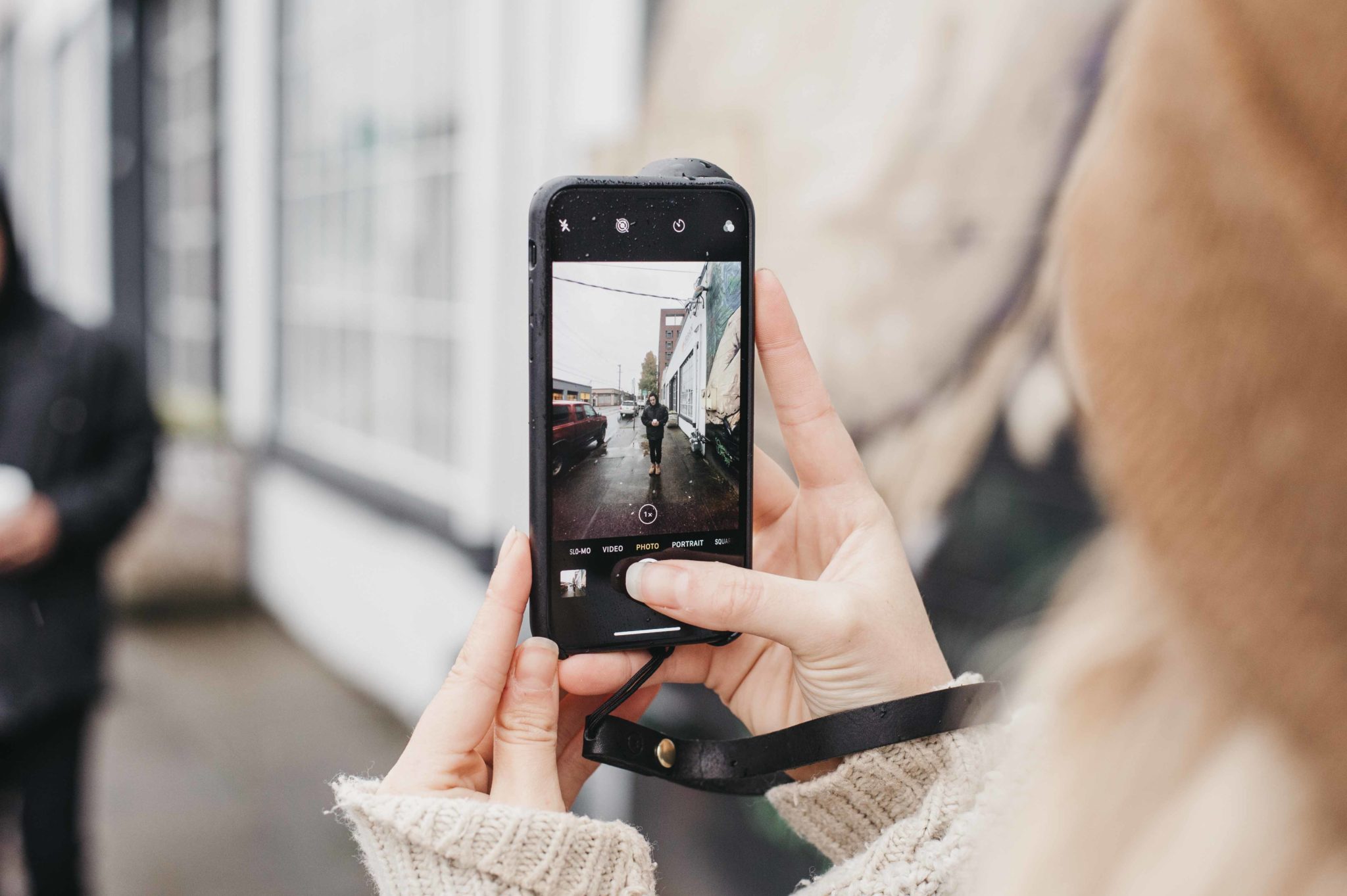Last Updated on 04/10/2019 by Mark Beckenbach
Everyone can practice photojournalism these days thanks to the phone in their pocket and apps like Facebook.
When you think about photojournalism and those who practice the trade, what do you think of? What do your picture? Do you think about camera laden men and women running around to get the shots we end up seeing in newspapers, magazines, and on TV? If so, you’re not alone; this is the image that I and countless others have. But times are changing, and the face of photojournalism is in danger of changing too.
A user on Reddit recently shared an article that highlights an interview held with photojournalist, Todd Maisel. In the 18 years he held his position with the New York Daily News, Maisel become a legend in his own right, and was known for being the first on the scene of any news story. Recently Maisel was let go along with nine other photojournalists; he now works as an independent photographer. Todd Maisel now has to work harder at this job than he has at any other point in his career, and the reason for that is smartphone photojournalists.

Never before in history have there been so many cameras out on the streets at any one time. Anyone who owns a smartphone can whip out their device in an instant and snap a picture of an event that is unfolding right before them. People are on the scene of major news stories before photojournalists can even grab their gear and make their way to the story.
To top it off news outlets around the globe will now go to people who have posted images of accidents and incidents on social media, and will simply ask for permission to use the image knowing that the average person will simply hand over the pictures with no questions asked. Photojournalism as we know it now might be dying, but as a trade and a livelihood it isn’t.
There is of course no end in sight to this practice of grabbing images from social media to use in the news, but it doesn’t mean that photojournalism will come to an end because of smartphone pictures, Facebook, Twitter, Instagram, and any other social media sites.

As Maisel points out in the article, photojournalists need to evolve, and only supplying the images won’t be enough going forward. To survive, photojournalists need to write and submit the stories behind the images as well, which means photojournalists need to be multi-skilled. Taking snapshots of a scene (which is what smartphone users do) is one thing. But knowing how to create images that also convey a message, a story, feelings, and emotions – that can take a long time to learn how to do, and it’s what real photojournalists do day in day out.
There will of course be other events that don’t just happen on a whim; events where only officially recognized photojournalists will be able to gain access. Photojournalism isn’t dying, it’s just evolving, and people like Maisel are doing their best to keep up with the ever changing world.
There was a consistency within the comments on the Reddit thread. Many people were concerned that pursuing a degree, or starting to study photojournalism, would lead to a dead end. I believe nothing could be further from the truth. If at all possible, news outlets will always seek to find the highest quality images possible to go along with their stories. If you can combine photography with writing, you will be well on your way to becoming a new breed of photojournalist; one that will ensure that photojournalism doesn’t just die, but thrives.


